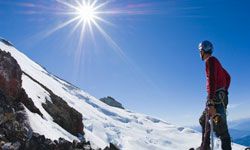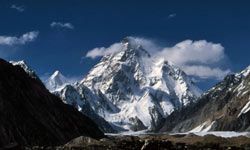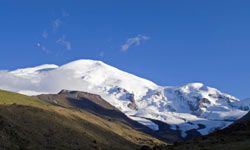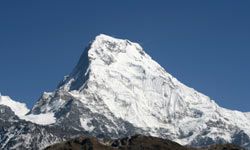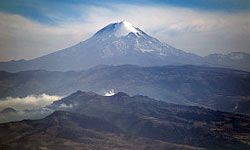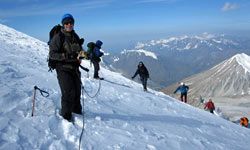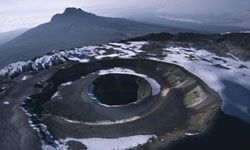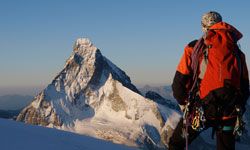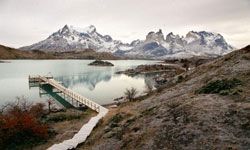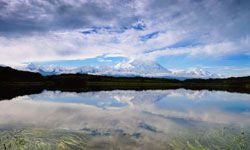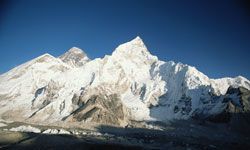Mountain climbing is an extremely popular pastime. Whether you're simply taking a day hike to relieve stress and enjoy the outdoors, or you're a hardcore climber pushing the limits to summit a mammoth like Everest or K2, the experience is exhilarating.
But with today's technological advances and guide companies geared toward extreme travel and mountain climbing, more thrill seekers are able to explore some of the world's most remote mountains, some of which top out at heights of more than 11,000 feet (3,352 meters). So which are the top 10 mountains to climb in the world? It's a tough list to narrow down, but ours includes mountains suited for mostly for expert climbers, with a few added in for weekend mountaineers, as well. Read on to see if you've summited any of the top 10 yet.
Advertisement
